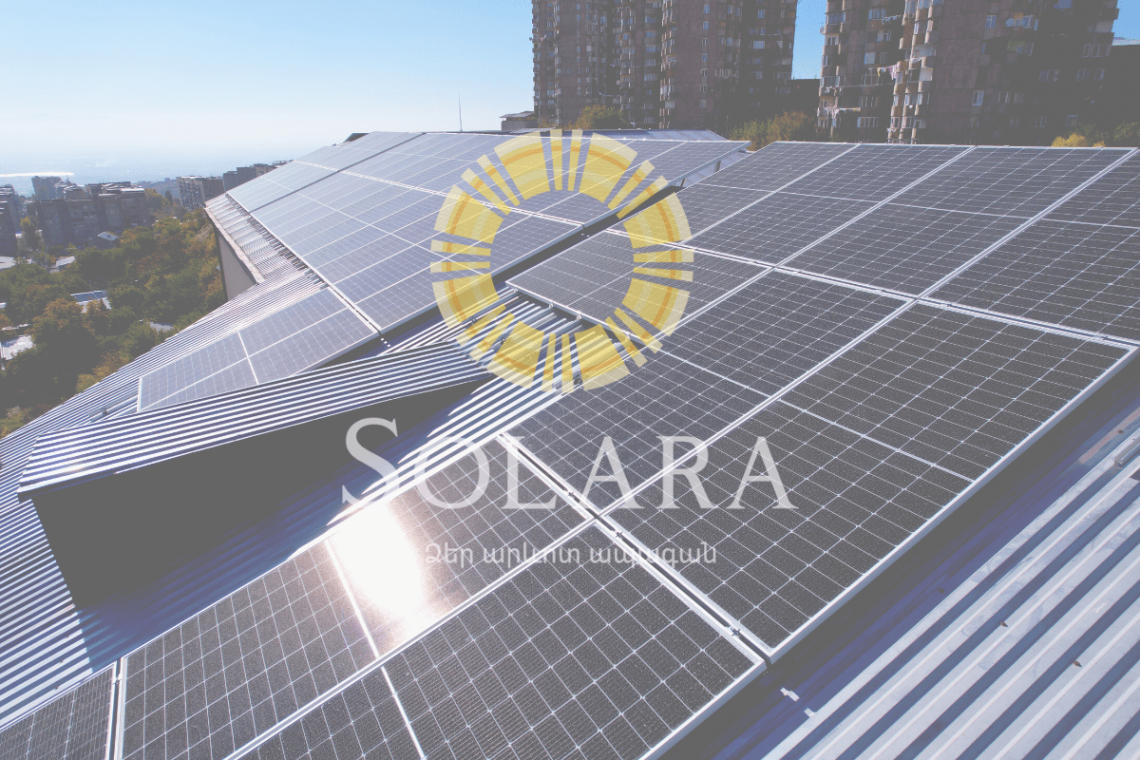
How Do Solar Systems Work?

The Republic of Armenia has colossal solar energy potential. Thus, it's not surprising that more and more Armenians choose to have green energy from renewable energy sources in their everyday lives. A clear proof of this is the growing number of locals and businesses switching to solar.
It is known that solar energy is absorbed and converted into electricity by photovoltaic (PV) systems. A modern PV system is a set of interconnected equipment that aims to produce clean electricity.
Solar modules are the essential components of PV systems. There are several types of panels: monocrystalline, polycrystalline and thin-fin solar panels.
Regardless of the type, each solar module works the same way. Solar cells are the tiniest parts. The maximum voltage of the open ring is 0.5-0.6 V. The cells are made of pure silicon crystals known for their semiconductor features. Sequentially joint cells form solar modules with a specific voltage. Parallel sorted modules compose photovoltaic chains, which in turn form PV clusters, i.e. solar systems.
When penetrating the thin upper layer of the cells, the sunlight decays into positive and negative charges. The charges move towards the N (with a positive charge) and the P (with a negative charge) cell layers. The continuous movement of the charges results in the formation of an electric field.
The smooth operation of solar systems is also heavily reliant on inverters, which convert direct current (DC) output into alternating current (AC). You can sell this electricity to the local power grid and reduce your utility bills. It can also serve to meet the electricity needs of businesses or households.
The energy of sunlight is one of the most common renewable energy sources. The electricity received from the Sun can be used as fuel for electric vehicles, thus, preserving natural resources and reducing the poisonous emissions of CO2 into the atmosphere.




